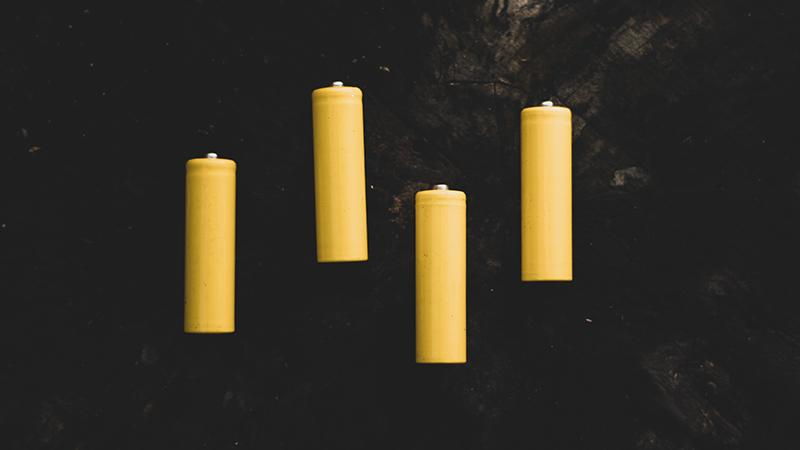Australia begin fast-charging graphene aluminum-ion battery development
Industry and academic collaboration could see enhanced life and faster charging.

An alliance between Australian company, Graphene Manufacturing Group (GMG) and The University of Queensland, Australis, is developing graphene aluminum-ion batteries with a potential life up to three times greater than lithium-ion and with the ability to charge 70 times faster.
The venture has GMG using its own graphene and manufacturing battery prototypes for watches, phones, laptops, electric vehicles and grid storage, employing the ideas developed by Michael Yu, Xiaodan Huang and Yueqi Kong, who devised technology to make graphene into more efficient electrodes for powering batteries.
The system has been patented and licensed by Australian UQ commercialisation company, UniQuest, with whom GMG signed a license agreement for acquiring an exclusive license of the technology for battery cathodes.
'We are currently looking to bring coin cell commercial prototypes for customer testing in six months and a pouch pack commercial prototype – used in mobile phones, laptops etc. – for customer testing in 18 months,' GMG CEO and managing director, Craig Nicol, said in a media statement. 'We aim to have a viable graphene and coin cell battery production facility project after customer validation that we would likely build here in Australia.'
The current nominal voltage of the batteries is 1.7 volts but GMG is working to increase the voltage to directly replace existing batteries and which lead to higher energy densities.
According to the company, the real differentiator is these batteries’ very high power density of up to 7000w/kg, which endows them with a very high charge rate. Battery life, on the other hand, is over 2000 charge/discharge cycles with no deterioration in performance, while they are considered to have a very low fire potential and a lower environmental impact than their Li-ion counterparts because they are more recyclable.
Most of these capabilities and features are provided by the aluminum foil, aluminum chloride, ionic liquid, and urea that make up the battery. Charging speed is based on the exchange of three electrons per ion when recharging and returning to the negative electrode in the battery, something that Li-ion batteries do only with one electron per ion at a time.
According to AzoNano, aluminum-ions also have no upper ampere limit, which means they do not spontaneously overheat and do not require extra cooling to function safely. In contrast, lithium-ion battery packs in EVs are made up of around 20% cooling components.
Besides being non-toxic for humans, aluminum is easily recyclable and available, so it doesn’t require intensive extraction processes such as those for rare earth materials, which use large amounts of water and demand chemicals that can potentially harm the environment.
Graphene Manufacturing Group has said that the company has already received more than 80 requests from organisations seeking to explore potential applications of the battery in electric consumer vehicles, high-performance cars, heavy-duty vehicles, motorbikes, air transport, personal appliances and grid-connected storage.







